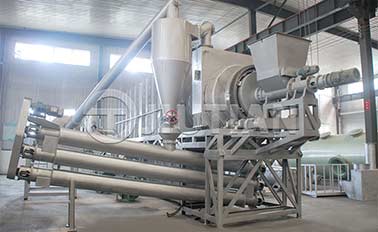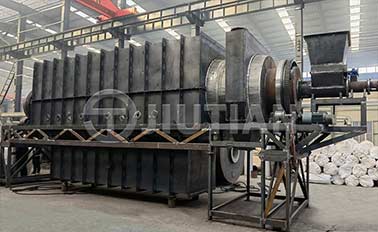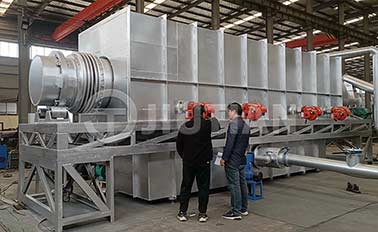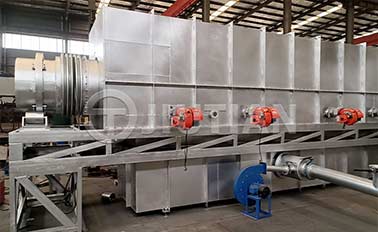1. Sealed design: Wood carbonization furnaces usually adopt a sealed design to isolate the carbonization process from the outside air to prevent smoke leakage.
2. Gas recovery and purification system: A large amount of smoke will be produced during the wood carbonization process, which can be processed through the gas recovery and purification system.
3. Secondary combustion technology: The combustible gases (such as carbon monoxide, methane, hydrogen, etc.) generated during the carbonization process can be processed through secondary combustion technology.

4. Catalytic purification device: The catalytic purification device can decompose or convert harmful components in the flue gas into harmless substances, allowing them to be burned completely and reducing pollutant emissions.
5. Pyrolysis and gasification technology: Pyrolysis and gasification technology can further process the flue gas generated during the carbonization process for secondary combustion or other purposes.
6. Waste heat utilization system: Utilizing the waste heat generated during the carbonization process can improve energy efficiency and reduce environmental pollution.
7. Automated control system: The automated control system can monitor and adjust the temperature, pressure and gas composition in the carbonization furnace in real time to ensure that the carbonization process is carried out under optimal conditions and reduce the generation and emission of smoke.
Through the above technical means, modern wood carbonization furnaces can achieve smokeless production, which not only meets environmental protection requirements, but also improves production efficiency and energy utilization efficiency.

Location:Indonesia
Project Progress:Put Into Production

Location:Vietnam
Project Progress:Put Into Production

Location:Kenya
Project Progress:Put Into Production

Location:Canada
Project Progress:Put Into Production